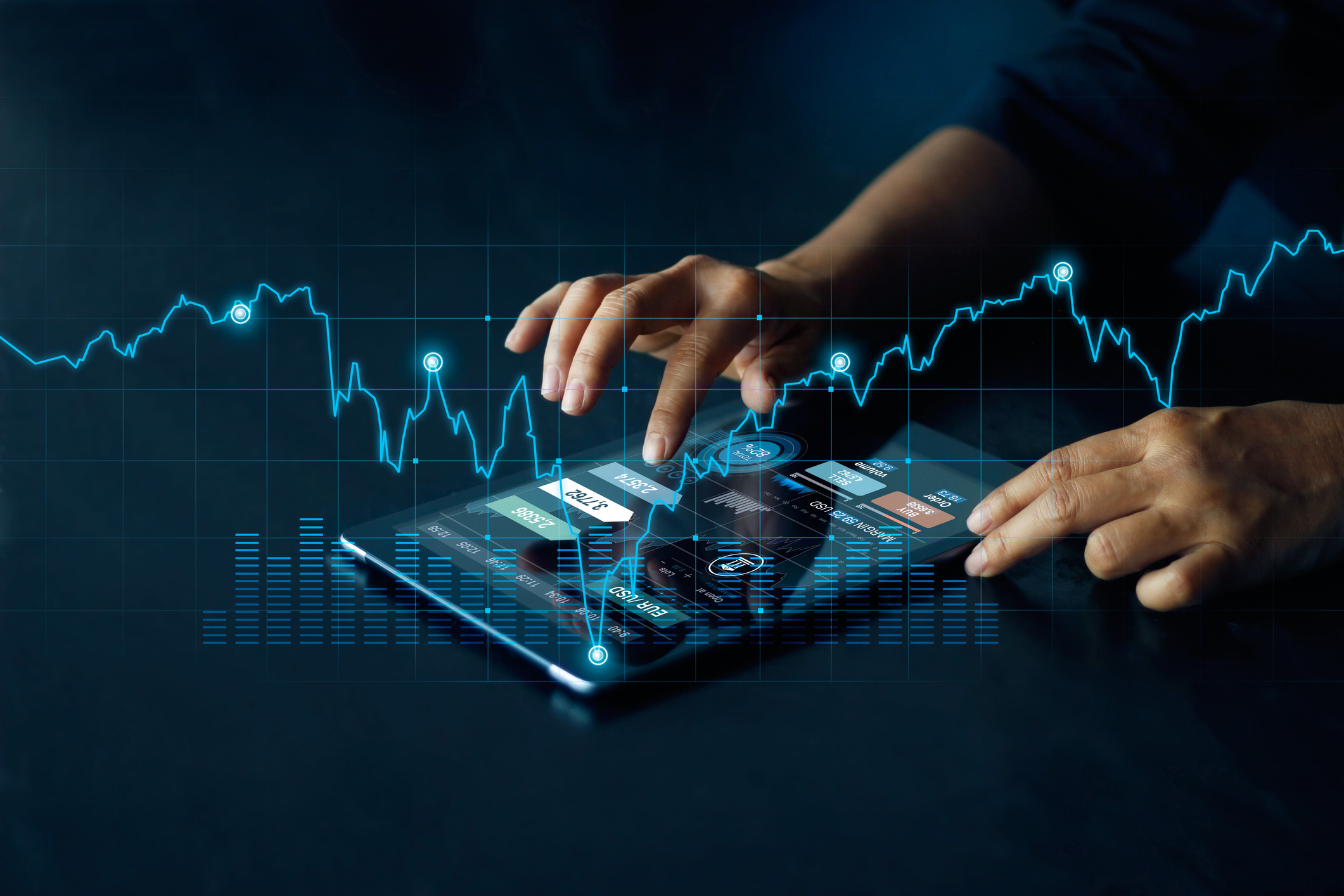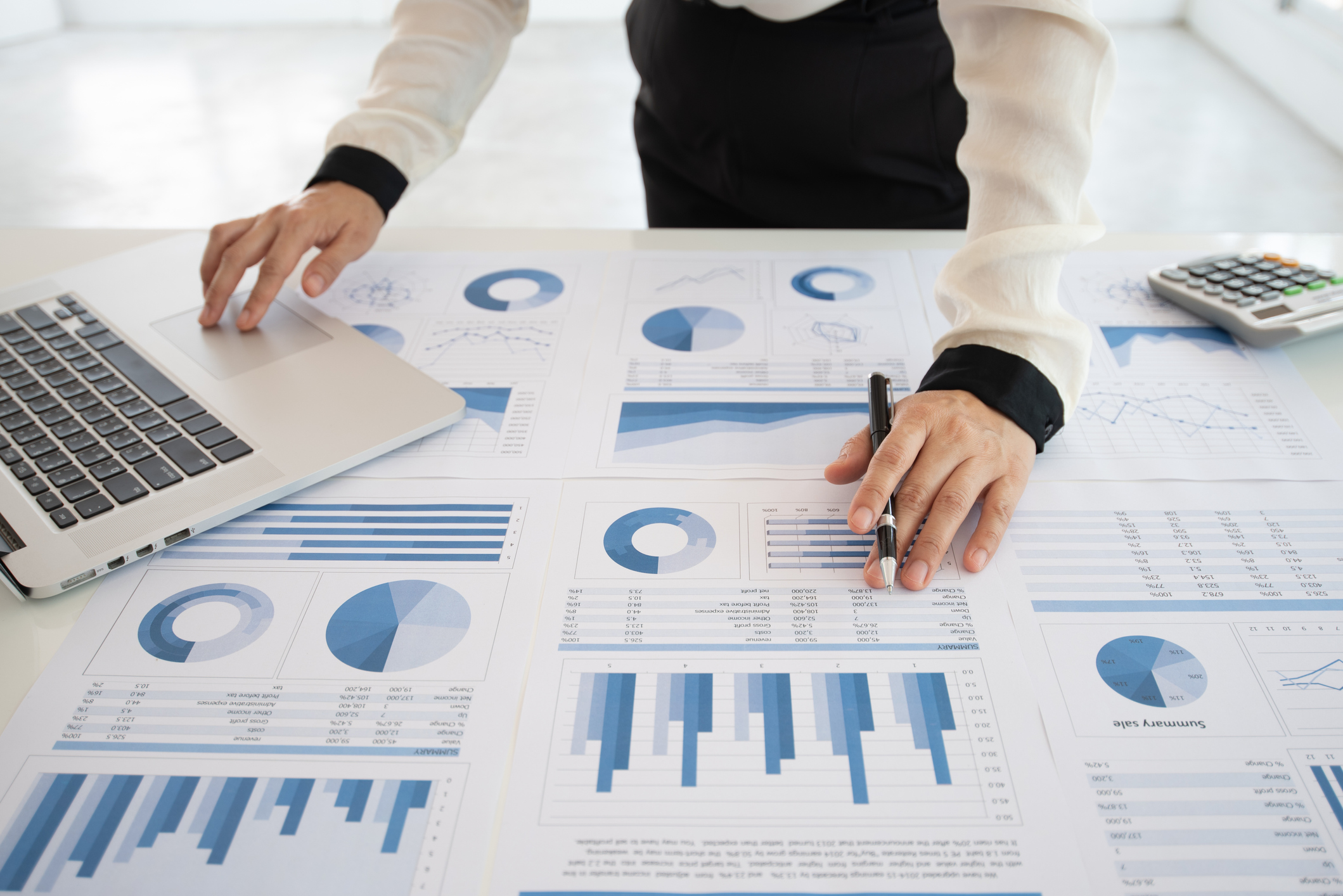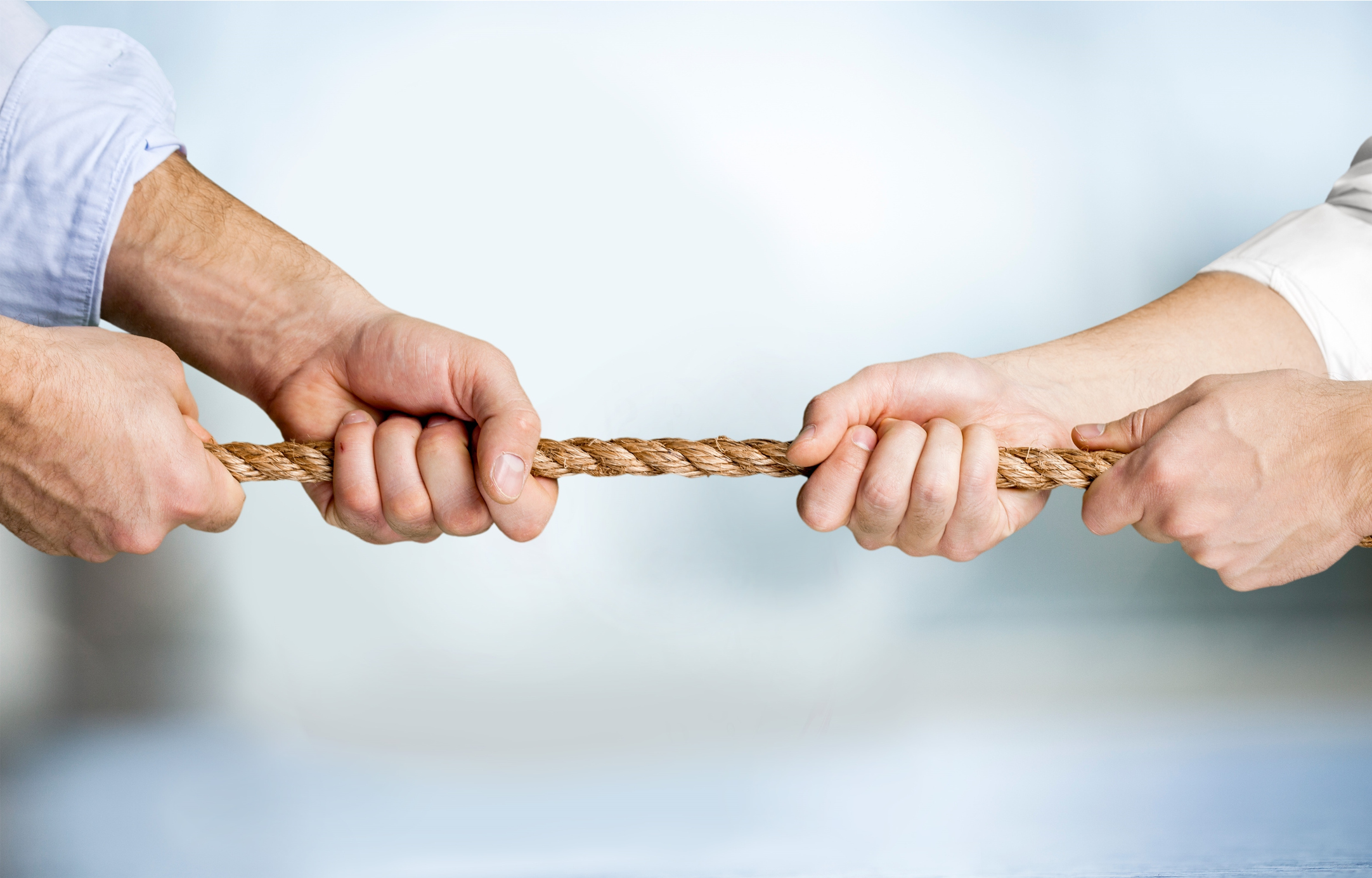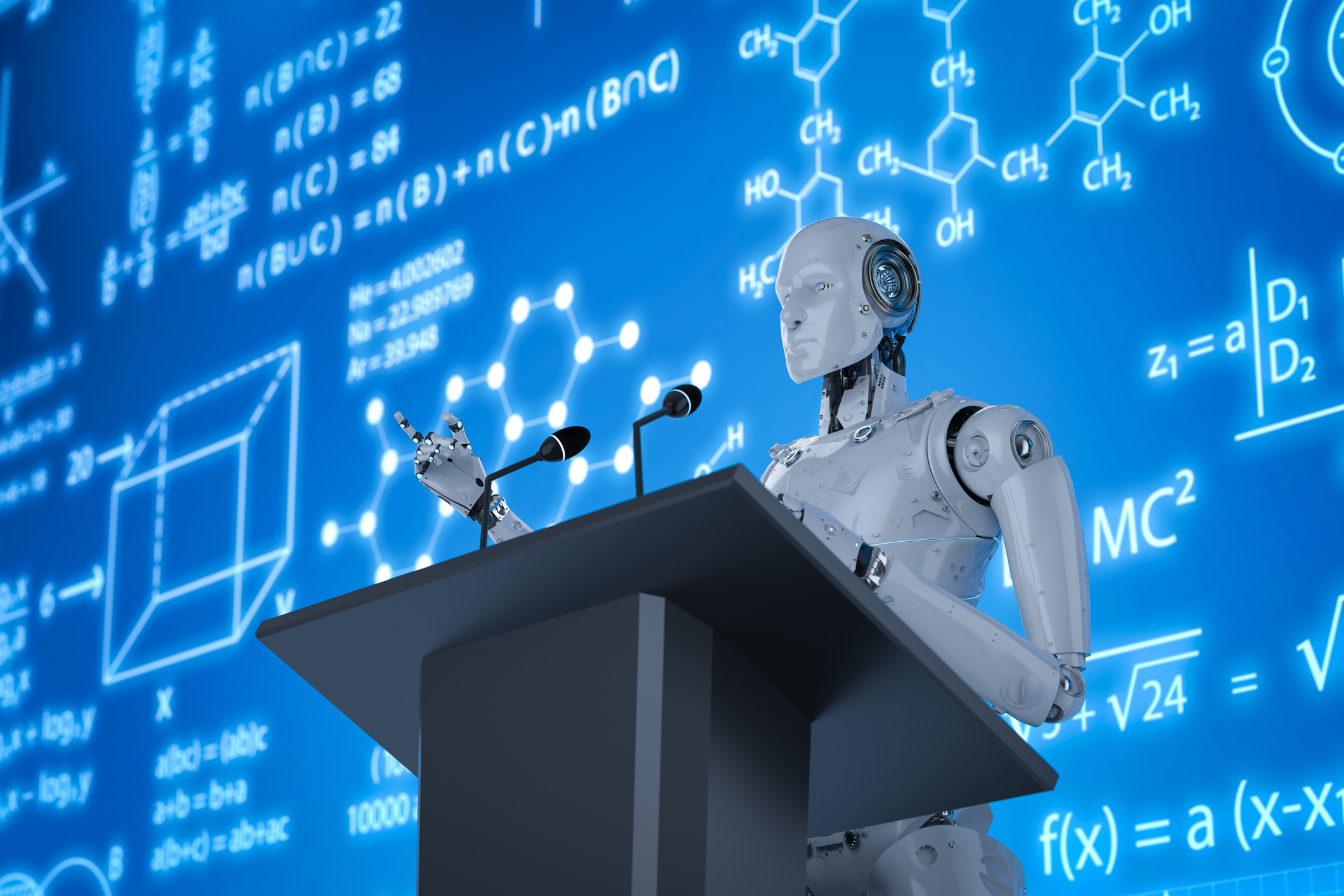Micro-investing is a way for anyone to invest, even if they don't have much disposable income. With the rise in spare change investing apps and the number of brokers that have eliminated account minimums and trading fees, it's easier than ever to invest with any sort of budget.

What is micro-investing?
Micro-investing refers to investing with a small amount of money on a regular basis. The minimum amount you can invest this way depends entirely on your broker or investing app. Some brokers let you invest in stocks with as little as $1. There are also apps that round up your purchases and invest the extra money for you, allowing you to put your spare change toward an investment portfolio.
A brief history of micro-investing
It wasn't always possible to micro-invest. Stock brokers used to charge commissions on every trade, and these fees could range from $10 to $20 or more, depending on your broker. If you only wanted to invest a small amount, you'd lose quite a bit of money to commissions.
There were a few notable changes in the 2010s that made micro-investing possible. Fintech companies launched round-up apps, with Acorns and Stash being two of the most well-known options, that invested your spare change. By using one of these apps, you could build a portfolio through small, recurring investments. People also liked these apps because they were a way to invest money automatically, so it became a habit.
In 2013, Robinhood (HOOD +0.01%) launched and made waves by offering commission-free trading. Six years later, most of the major brokers followed suit and got rid of their commissions. Many brokers have also eliminated minimum account balances and now offer fractional share trading, allowing investors to buy a portion of a stock. With no commissions and no minimum required to invest, there are no obstacles to micro-investing through an online broker.
Should you try micro-investing?
Micro-investing is certainly better than not investing at all. It's a good way to get the ball rolling on your investment portfolio, and it doesn't take any work on your part if you use a round-up app. You can also still build a diversified portfolio, even when you're not investing a ton of money. There are plenty of exchange-traded funds (ETFs) with minimum investments of just $1.
But there are potential downsides to micro-investing. Round-up apps may be convenient, but they typically charge a flat monthly fee, with some of the most popular apps starting at $3 per month ($36 per year). When you're starting out and haven't saved much yet, that's expensive. On a $500 account, $36 in fees would be the equivalent of paying a 7.2% expense ratio. To be fair, flat fees get comparatively cheaper as your portfolio gets more valuable.
You could also avoid excessive fees by micro-investing through a broker with commission-free trading and no account minimum. Whichever option you choose, keep in mind that there are limits to how much you'll make by investing small amounts. It's a good start, but if you're trying to save enough for retirement, you'll eventually need to progress beyond micro-investing.
Related investing topics
How small investments can grow
For an example of how much you can make by micro-investing, imagine you're able to invest $20 per month. You get a 10% annual return on that money, which is in line with the average stock market return. Here's a quick breakdown of how much you'd make:
- After the first year, you'd have $264 total from $240 in contributions.
- In 10 years, you'd have $4,207 from your $2,400 in contributions.
- In 30 years, you'd have $43,426 from just $7,200 in contributions.
Over time and with compound interest, micro-investing can lead to significant financial progress. And if it motivates you to gradually start investing more, you'll get even better results.


















